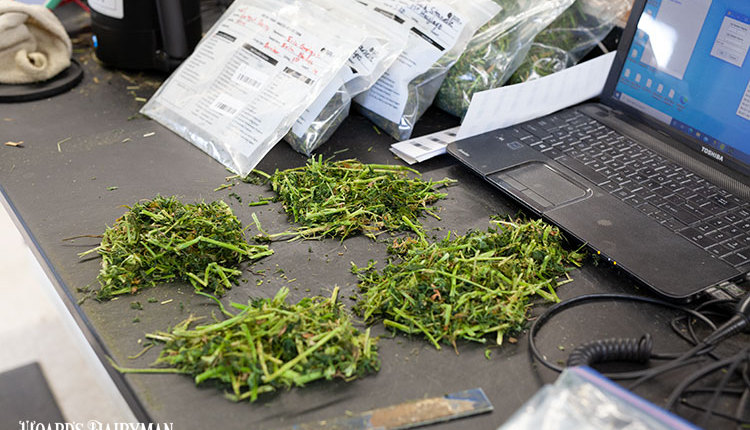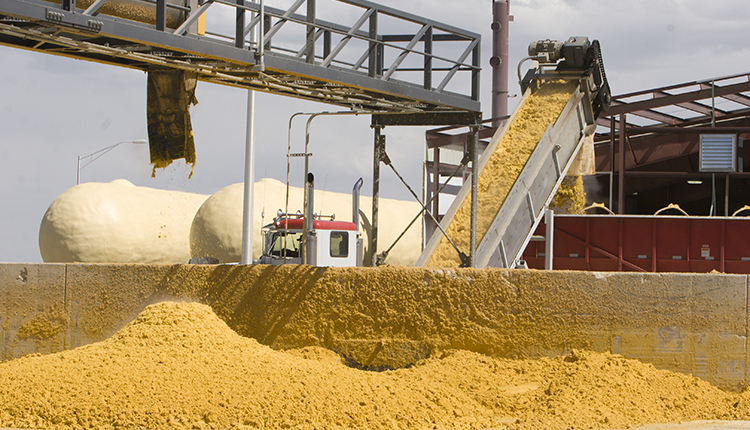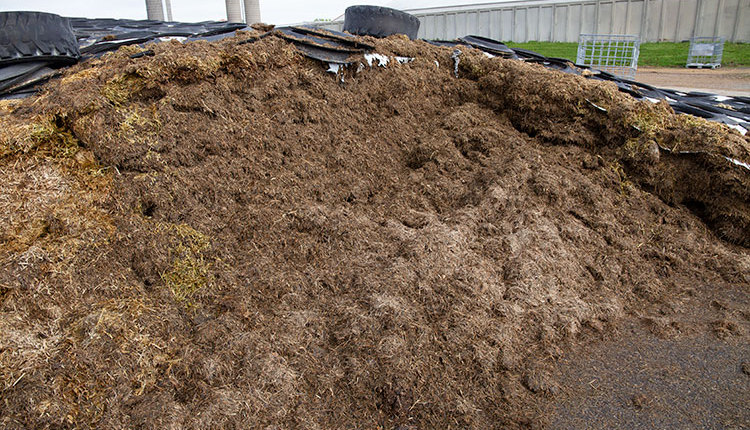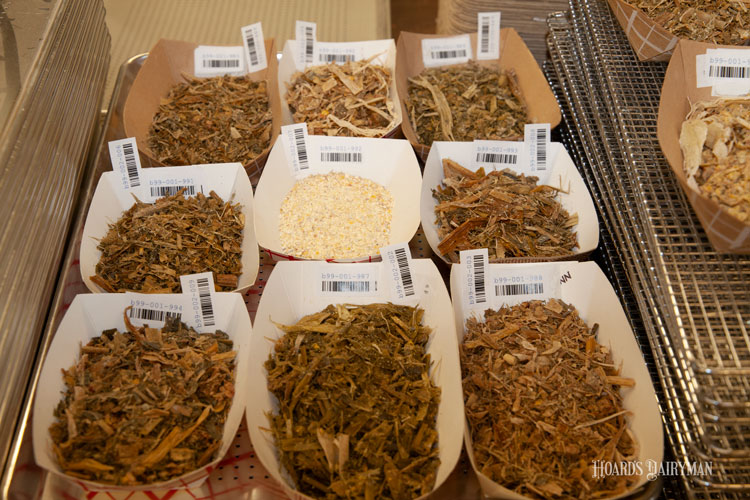
Dairy producers, nutritionists, producers, and marketers of hay and other forage material often use indexes used to rank forage quality. These indexes include relative feed value (RFV), relative forage quality (RFQ), California total digestible nutrients (CA TDN), total digestible nutrients (TDN), milk per ton, and others. The best-known indexes are often associated with the buying and selling of hay, especially in the dairy sector.
A step forward
In 1972 the American Forage and Grassland Council (AFGC) established a Hay Marketing Task Force to identify hay marketing problems, potential solutions, and make recommendations for change. The Task Force co-sponsored a Hay Quality and Analysis Roundtable at Beltsville, Md., in 1975 that brought various stakeholders together to make recommendations. From this discussion it was advocated that hay grading standards from 1949 based on color, smell, and presence or absence of foreign material should be replaced with the use of neutral detergent fiber (NDF) and acid detergent fiber (ADF) to estimate dry matter intake and dry matter digestibility.
In 1978 a group of researchers from the University of Wisconsin published a research paper titled “Proposed Hay Grading Standards Based on Laboratory analyses for Evaluating Quality” which set the stage for the RFV concept. In 1979 new hay standards recommended by the Forage Analysis Subcommittee of AFGC were updated by the Federal Grain Inspection Service. Further refinement of the RFV concept in 1979 provided the industry with the current system using NDF to infer dry matter intake potential and ADF to estimate dry matter digestibility. The National Forage Testing Association (NFTA) was established to meet a need to promote laboratory standardization and proficiency as it related to defining hay quality for marketing definitions.
More resources
For those that were in the industry in the late 1970s (author included), resources were quite different than what we have access to today:
- NDF as a feed evaluation assay was starting to be provided by testing laboratories.
- A new testing concept called near infrared reflectance spectroscopy (NIRS) was introduced that promised to revolutionize the testing industry.
- In vitro digestibility was considered the best approach to estimating dry matter digestibility in feeds but was considered beyond the reach of commercial laboratories and not a useful assay for routine use.
- Computers for routine use were just being made available to the marketplace (TRS80 and Apple I in 1977).
- Basic least-cost ration programs were available to the larger feed companies and through Universities.
With the availability of in vitro assays and expanded lab analysis services, the University of Wisconsin’s John Moore and Dan Undersander proposed an alternative quality index to RFV which was termed “Relative Forage Quality” (RFQ) in 2002. The premise of the index was similar to RFV in that it brought together concepts of voluntary intake and dry matter digestibility in one index. The use of assays for ash and in vitro NDF digestibility added significant sensitivity. Despite advantages, the complexity of the equations and lack of perceived advantage in the marketplace has led to slow implementation.
The graph below shows the difference between a set of hay samples defined by RFV (line) and the associated RFQ value (dots). On average the values are the same but the RFQ calculation allows for additional quality considerations to show value or lack of value compared to RFV.
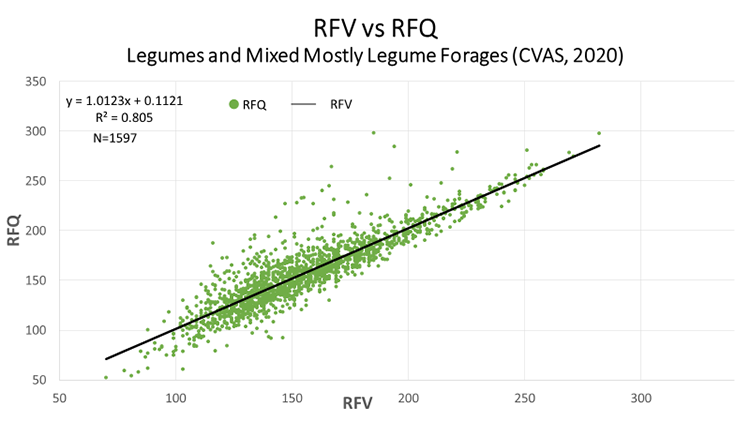
Time to get back on the same reporting page?
Forty years after the adoption of RFV our industry looks very different. The opportunity to characterize forage has improved by magnitudes. As an industry however we have a very unstandardized approach to the use of many of our indexes.
- Calculations are varied.
- Laboratories report out different calculations.
- References to the origin of many indexes are minimal or nonexistent.
- There is consensus that an improved approach to indexing forage quality is needed.
The National Forage Testing Association (NFTA), which is mandated to assist in standardization of inputs to RFV across labs, may need to evolve in order to assist in standardization of improved indexes.
Make your voice heard
The American Forage and Grassland Council will take up discussion of indexes at their 2021 Virtual Annual Meeting on January 12 (afgc.org). A roundtable will specifically discuss the standardization of calculated parameters (indexes). If you are a stakeholder in the use of forage quality indexes, you may want to consider attending this virtual presentation.






